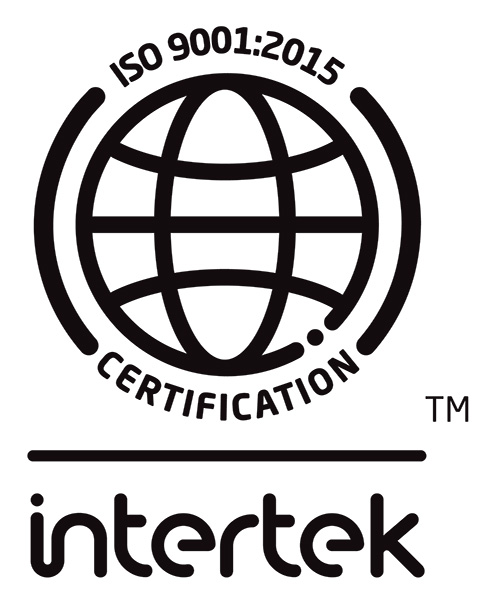VOLUME 20 NUMBER 2 SUMMER – 2016 ISSN 1496-3876
RESISTANCE IN THE GLYCOPEPTIDE ANTIMICROBIAL CLASS
The glyopeptide antibiotics are cell-wall active agents that include glycopeptides, modified glycopeptides, and lipoglyopeptides. The primary mode of action of all these agents is inhibition of cell-wall synthesis in gram positive bacteria.
The glyopeptide antibiotics are cell-wall active agents that include glycopeptides (vancomycin), modified glycopeptides (oritavancin and dalbavancin) and lipoglyopeptides (teichoplanin and telavancin). There are a number of other compounds with similar activity that have not yet been licensed and will not be discussed here (1).
MECHANISMS OF BACTERIAL RESISTANCE TO AMINOGLYCOSIDES
Aminoglycoside antibiotics are derived from compounds produced by a variety of soil actinomycetes. These bactericidal agents function by inhibiting bacterial protein synthesis, they have a narrow therapeutic-to-toxic ratio, and are often used in the treatment of serious aerobic gram negative infections.
Aminoglycoside antibiotics are derived from compounds produced by a variety of soil actinomycetes and have a similar structure consisting of two or more amino sugars linked by glycosidic bonds to an aminocyclitol ring (streptidine or 2-deoxy-streptamine).1 The commonly used agents in Canada include gentamicin, tobramycin, streptomycin, and amikacin (and topical neomycin). Other aminoglycosides in use elsewhere or of historical interest include kanamycin and netilmicin; aminogylcosides are bactericidal agents that function by inhibiting bacterial protein synthesis, they have a narrow therapeutic-to-toxic ratio, and are often used in the treatment of serious aerobic gram negative infections.2

HPTA – Biological Safety Officers
In the context of the HPTA, every HPTA licence applicant should designate an individual as a biological safety officer (BSO).
The role of the BSO is to promote and monitor compliance with the provisions of the Act and the regulations.
Continue reading




